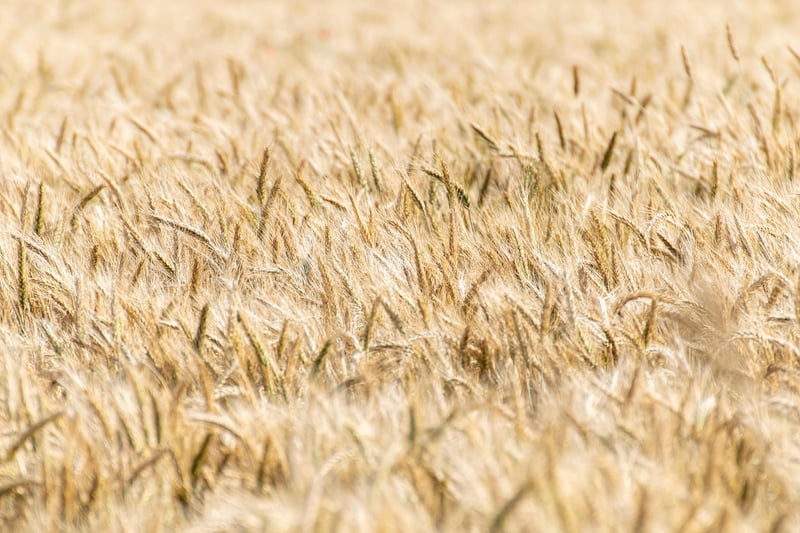Vertical Greenery
Maximizing Vertical Space for Crops and Vertical Greenery

Introduction
When it comes to agriculture and urban landscaping, utilizing vertical space efficiently has become increasingly popular. Vertical farming and green walls are innovative ways to maximize space and create sustainable environments. This article explores how to make the most of vertical space for crops and vertical greenery.
Vertical Farming for Crops
Vertical farming involves growing crops in vertically stacked layers. This method is highly efficient as it requires less land and water compared to traditional farming. By utilizing hydroponic or aeroponic systems, crops can be grown indoors under controlled conditions, maximizing yield and quality.

Benefits of Vertical Farming:
- Year-round crop production
- Reduced water usage
- No need for pesticides
- Optimal space utilization
- Minimized transportation costs
Green Walls for Vertical Greenery
Green walls, also known as living walls or vertical gardens, are vertical structures covered in vegetation. These walls not only enhance the aesthetic appeal of buildings but also offer environmental benefits. Green walls help improve air quality, reduce energy consumption, and provide insulation.

Advantages of Green Walls:
- Enhanced air purification
- No impact on floor space
- Sound insulation
- Biodiversity support
- Reduced urban heat island effect
Conclusion
As space in urban areas becomes limited, vertical farming for crops and green walls for vertical greenery offer sustainable solutions. By utilizing vertical space efficiently, we can create greener, healthier environments while maximizing productivity and aesthetics.
Embrace the vertical revolution and transform your space into a thriving oasis of crops and greenery!
